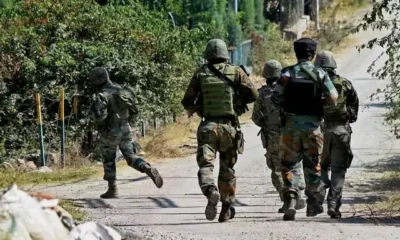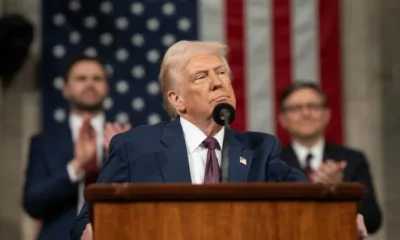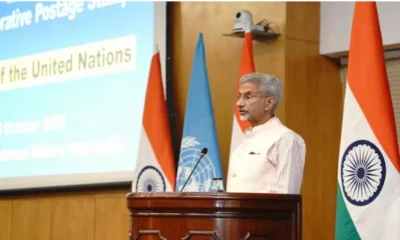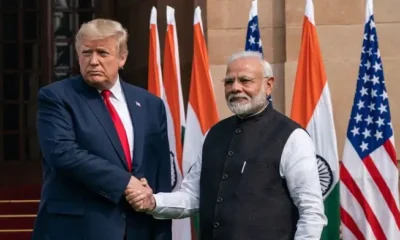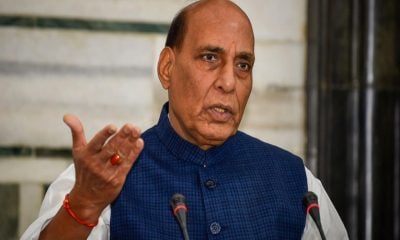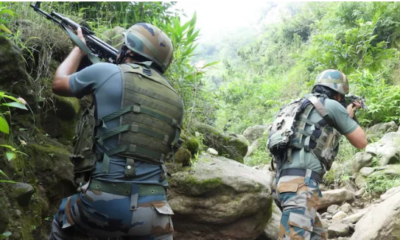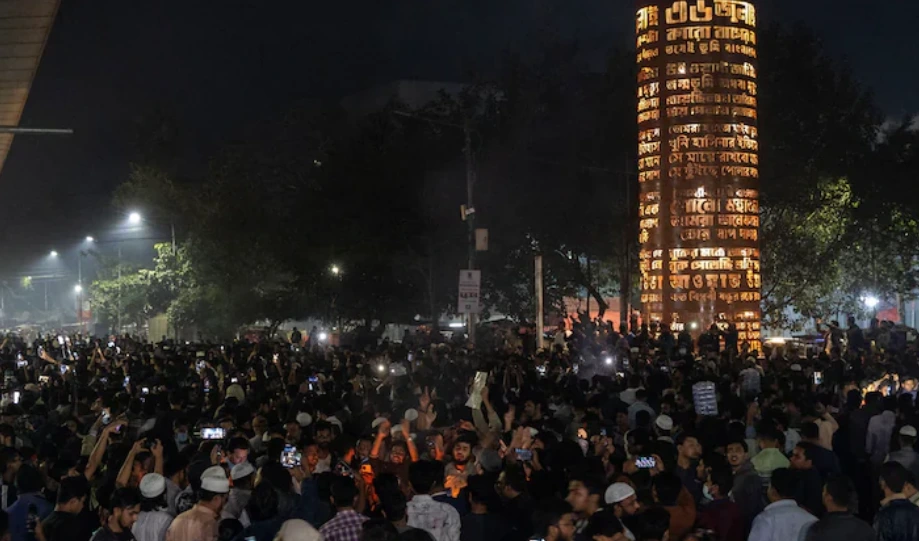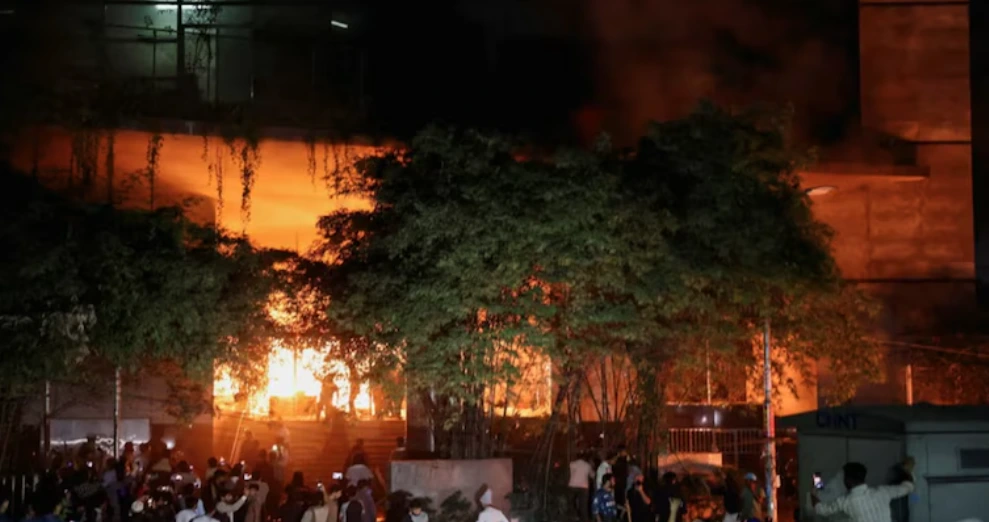India is the fourth strongest military power in the world, behind China which, at third position is close behind Russia in the Global Firepower rankings. US tops the list.
Other countries in the top ten are France, UK, Japan, Turkey and Germany.
Neighbouring Pakistan, placed 13th, got into the top 15 last year. India’s position has remain unchanged at fourth.
Meanwhile, China has crept up behind Russia and is poised to take the second place soon, reported The Indian Express. It has more aircraft and naval ships than Russia but is hugely outnumbered in total tanks in service.
The rankings for the index are based on 50 parameters, including military resources, natural resources, industry and geographical features and available manpower. The large number of military personnel with India and China are an important factor in the higher rankings of these countries. “Available manpower is a key consideration; nations with large populations tend to rank higher,” said Global Firepower..
According to GFP’s assessment, India leads China in terms of total armed personnel with India’s 4,207,250 personnel against China’s 3,712,500. China, however, leads in terms of active personnel with 2,260,000 troops compared to India’s 1,362,500. India’s reserve components were assessed to be 2,844,750 while China’s were estimated to be 1,452,500.
The index didn’t count nuclear stockpiles for the ranking but gave points for nuclear capability, whether recognised or suspected.
Another aspect for consideration was the defence budget allocation with China allocating over three times the amount India set aside for its military.
When compared with Pakistan, India led the way on all aspects except the number of attack helicopters, self-propelled artillery and waterway coverage.
On their assessment methodology, Global Firepower said, “Geographical factors, logistical flexibility, natural resources and local industry influence the final ranking.”
“Our formula allows smaller, though more technologically-advanced, nations to compete with larger, lesser-developed ones. Modifiers (in the form of bonuses and penalties) are added to further refine the list,” it said.
In terms of airpower, the US surges ahead of the competition, with the data showing it in the possession of over 13,000 aircraft that are assigned for military use. These include fighters, transporters and helicopters. India is shown as having 2102 aircraft in service.
On the Naval side, the rankings show up a surprise with North Korea ranked the highest in terms of total strength of vessels. This may, however, be misleading as most of these are smaller craft that North Korea uses for shore defence like patrol vessels and minesweepers, said a report in The Print.
The data also seems misleading when it comes to India, as it shows the Navy with strength of three aircraft carriers. Even if the INS Jalashwa is considered as a helicopter carrier (which it is not), India has only one aircraft carrier in service – the INS Vikramaditya, said the report.
In terms of budget allocations for defence, India emerges as one of the top spenders on the military globally, with Russia ranked far below. The data says India spends $51 billion on defence while Saudi Arabia is ranked one above at $56 billion. Even though a constant complaint within Indian military circles has been on the relatively low allocations for defence in terms of GDP, the global data shows India as a big spender. Pakistan is ranked at number 28, below nations like Norway and Afghanistan.
Here are the details of Indian military strength, as considered by the global index for ranking.
Available manpower: Data shows India as having some of the most abundant manpower in the world (See above)
Airpower: India is listed as having 676 fighter aircraft and 809 attack aircraft – numbers that seem unrealistically high, according to media reports.
Army power: Data shows India with over 4,400 tanks.
Naval power: Data incorrectly shows India with three aircraft carriers, said The Print.
TOP TEN
Total Fighter / Interceptor Aircraft Strength
1 United States 2,296
2 China 1,271
3 Russia 806
4 India 676
5 North Korea 458
6 South Korea 406
7 Egypt 337
8 Pakistan 301
9 France 296
10 Japan 288
Tank Strength
1 Russia 20,216
2 China 6,457
3 United States 5,884
4 North Korea 5,025
5 Syria 4,640
6 India 4,426
7 Egypt 4,110
8 Pakistan 2,924
9 South Korea 2,654
10 Israel 2,620
Total Naval Strength
1 North Korea 967
2 China 714
3 United States 415
4 Iran 398
5 Russia 352
6 Egypt 319
7 India 295
8 Finland 270
9 Colombia 234
10 Indonesia 221
Total Available Active Military Manpower
1 China 2,260,000
2 United States 1,373,650
3 India 1,362,500
4 North Korea 945,000
5 Russia 798,527
6 Pakistan 637,000
7 South Korea 627,500
8 Iran 534,000
9 Algeria 520,000
10 Egypt 454,250
Defence spending (in USD):
1 United States 587,800,000,000
2 China 161,700,000,000
3 Saudi Arabia 56,725,000,000
4 India 51,000,000,000
5 United Kingdom 45,700,000,000
6 Russia 44,600,000,000
7 Japan 43,800,000,000
8 South Korea 43,800,000,000
9 Germany 39,200,000,000
10 France 35,000,000,000


 Cricket news53 mins ago
Cricket news53 mins ago
 Latest world news27 mins ago
Latest world news27 mins ago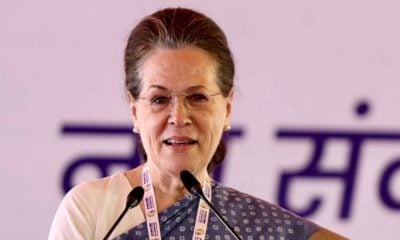
 India News18 mins ago
India News18 mins ago
